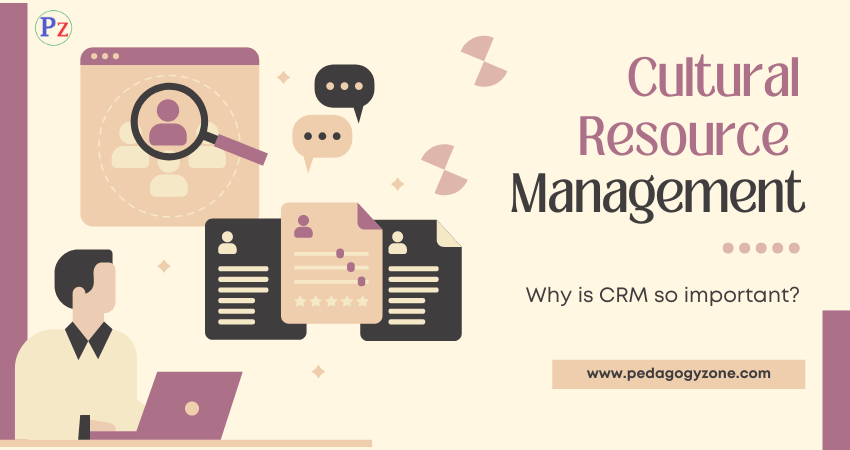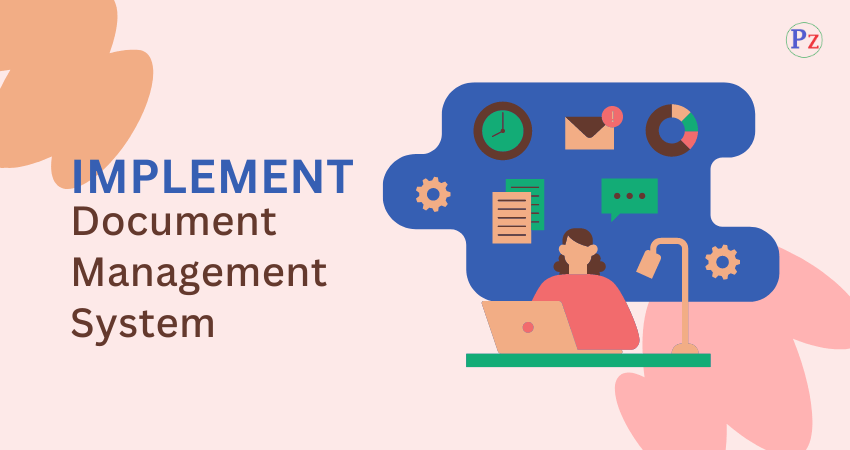✓ A customer complaint in any communication a customer has with a company in which ‘displeasure’ is expressed.
✓ A customer complaint may be defined as an expression of dissatisfaction with a product/service, either orally or in writing, from an internal or external customer.
✓ A customer may have a genuine cause for complaint, although some complaints may be made as a result of a misunderstanding or an unreasonable expectation of a product or service.
✓ How a customer complaint is handled will affect the overall level of customer satisfaction and may affect long-term customer loyalty. Thus it is important for enterprises to have clear procedures for dealing rapidly with any customer complaints.

From many statistical analysis of customer satisfaction, the following conclusions were made:
- A totally satisfied customer contributes 2.6 times as much revenue to a company as a somewhat satisfied customer.
- A totally satisfied customer contributes 17 times as much revenue as a somewhat dissatisfied customer.
- A totally dissatisfied customer decreases revenue at a rate equal to 1.8 times of what a totally satisfied customer contributes to business.
Thus the number of dissatisfied customers should be reduced as much as possible. In order to do so, customer feedback must be continuously solicited and monitored.
Why is Customer Feedback/Customer Complaint Necessary?
Customer feedback or customer complaint is required:
- To discover customer dissatisfaction,
- To identify customer’s needs,
- To discover relative priorities of quality,
- To compare performance with the competition, and
- To determine opportunities, for improvement.
Sources for Customer Complaint
Customer complaints are mainly either related to product itself or related to after-sales-service. Some of the sources of customer complaints are listed below.
1.Customer Complaints Related to Product Itself
2. Customer Complaints Related to After-Sales-Service
Common Customer Feedback Collection Tools
(Tools Used for Collecting Customer Complaints)
Various tools used for collecting customer feedback/customer complaint include:
|
1.Comment Cards
✓ Comment cards are physical, paper cards or forms with one or more survey questions designed to gather customer feedback at the point of an in-person service interaction. These are typically filled out by customers immediately after an interaction and left with someone in the organization.
✓ Comment cards are normally attached, to the warranty card, issued with the product at the time of sales.
✓ Comment cards can give feedback on a specific customer experience, or provide general feedback about the agency.
✓ In addition, comment cards can elicit feedback from customers who do not feel comfortable sharing feedback directly with a representative.
2. Customer Questionnaire (Online, Phone and Mail Surveys)
✓ A customer questionnaire, also known as a survey, is a more effective and also a popular tool for obtaining opinions and perceptions about an organisation and its products and services.
✓ Surveys include:
|
(a) Surveys through mail, or
(b) Surveys through E-mail, or
(c) Surveys through telephone.
|
✓ Surveys, particularly online, phone and mail surveys, are among the most frequently used methods for collecting customer feedback (although mail surveys are declining in popularity).
✓ Common types of online surveys include:
- Email-survey is emailed to customers, either as a link to a web-based survey, or questions are included in the body of the email. Often used as a post-transaction survey, as well as for broader customer feedback collection.
- Pop-up-“pops up” with a request for feedback after a visitor has landed on company website.
- Website-a link on company website to a survey, often used to gather feedback on a website or web-based interaction.
✓ Email surveys are useful for collecting feedback after an online customer service interaction such as an e-mail or chat; after a website visit; or for proactively reaching out for customer feedback. While email surveys are often used to collect feedback after an in-person or telephone interaction, it is a good idea to collect feedback through the same channel as the initial interaction.
✓ Pop-up or website surveys are useful for collecting feedback after a customer has visited company website, or for collecting feedback from customers for whom one do not have contact information.
3. Post-Transaction Surveys
✓ Post-transaction surveys are conducted immediately after a customer service interaction, and usually provide feedback directly on that interaction. They are particularly useful for establishing customer service performance goals or benchmarks, and setting standards around service delivery.
✓ They are surveys conducted immediately after a customer has called in and interacted with the agency, but before the customer has hung up. Post-call surveys can also be conducted via an outbound call after a phone interaction, or through an e-mail survey.
✓ Post-transaction surveys are particularly useful if the agency has a call center, or has significant interaction with customers over the phone. The feedback collected by this type of survey can provide insight about specific transactions, as well as the overall customer experience. In addition, one can avoid the difficulty and expense of proactively reaching out to the customer again.
4. Report (or Feedback) Cards
✓ Report cards are nothing but feedback cards. Report cards, like comment cards, are physical, paper cards or forms with one or more survey questions designed to collect customer feedback.
✓ Report cards, unlike comment cards, are usually sent to each customer on a quarterly basis.
✓ Report cards gather customer’s opinion on the product and also ask for any improvement necessary on the product or service of the organisation.
5. Focus Groups
7. Toll-Free Telephone Numbers
✓ Toll-free telephone numbers are an effective tool for receiving customer feedback/complaint.
✓ Toll-free telephone numbers provide the opportunity to the organisations to respond quickly and more cheaply to the customers’ complaints.
8.Customer Visits
9. Employee Feedback
Customer Complaints Flow Chart
Though the flow chart is simple and self-instructive, the following are the some features of this flow chart.
-
Complaints can be collected from all sources viz., letters, phone calls, meetings, and verbal inputs.
-
Data should be collected via a Customer Complaint and Feedback (CC&F) form and a formal Corrective Action Request (CAR) form may be used.
-
Complaints must be resolved as quickly as possible and customer must be contacted and informed.
-
All customers should be given a response within 15 days. The response may be a simple ‘thank you’ or a solution for a complaint.
-
All the local issues should be resolved locally, preferably on the complaint site.
-
Issues beyond the control of the local entity must be resolved at the central coordinator or analyst level who will further analyse the issue and propose a solution.
| Read More Topics |
| Mention the importance of customer retention |
| What do you mean by service quality? |
| Who are internal and external customers? |




